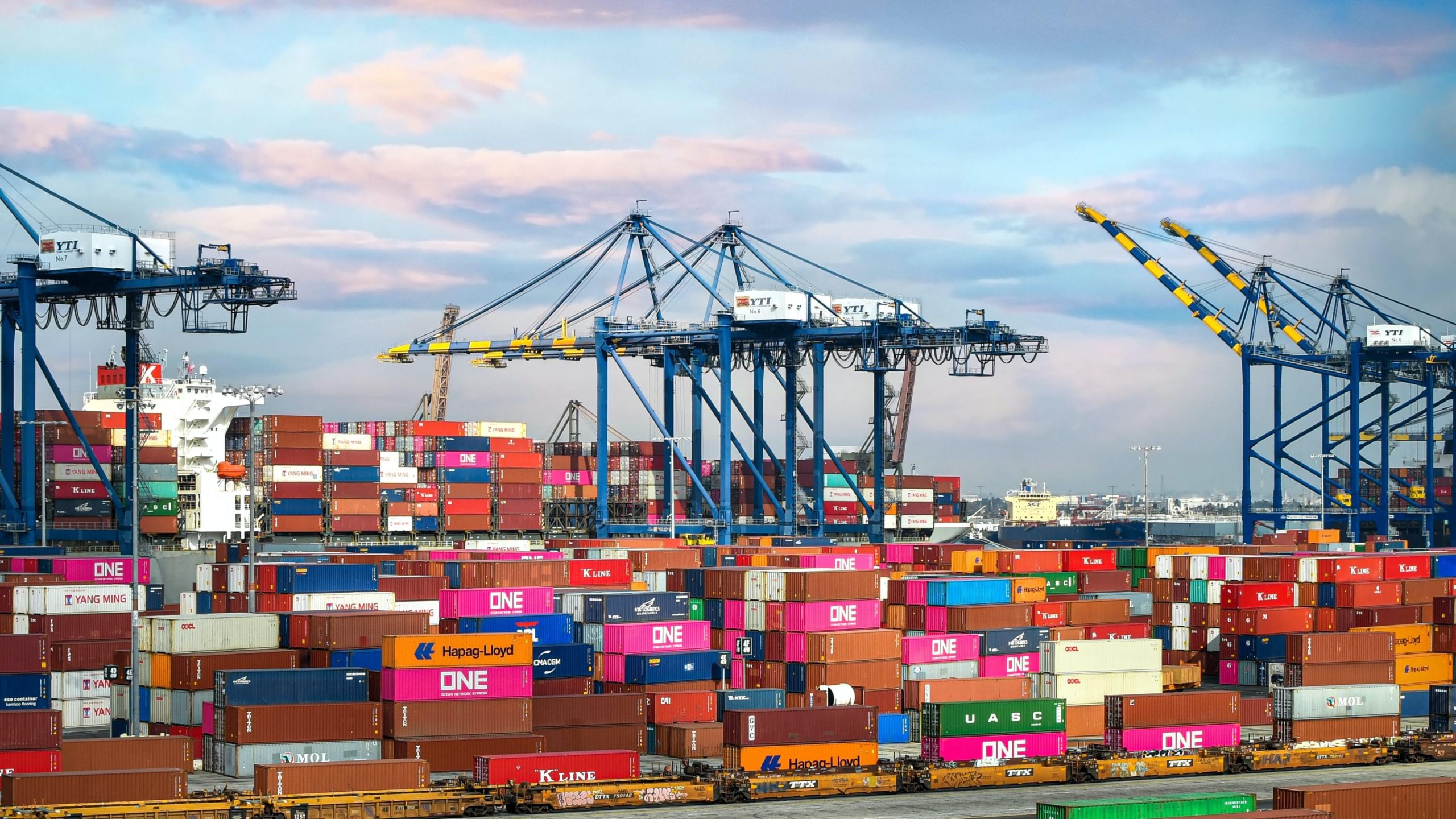Raise your hand if the US import situation is driving you up the wall. Skyrocketing freight rates and unreliable carrier service is just the beginning. Congestion at all levels continues to cause headaches. Labor shortages are slowing things down (COVID is ravaging ports and trucking fleets alike), and containers are piling up in the terminals and freight depots due to a lack of trucking and rail capacity.
The Ports of Los Angeles and Long Beach continue to deal with increasing volumes of Asian imports and diminished capacity to unload and clear the cargo from the terminal. On any given day, dozens of ships are lined up in the bay waiting for a berth at the port, and it doesn’t appear that this cycle will end anytime soon. Much of this disruption can be pegged to US consumers reallocating their budgets toward goods in place of services amid the pandemic.
Once you break free from the container pile up at the ports, where will your cargo go? For many cargo owners, the next stop is a 3PL warehouse where goods can be stored and distributed. The supply chain disruption doesn’t end when you leave the port: warehouse rental costs in every urban area in the US are at an all-time high, and vacancy rates are the lowest seen in decades.
But there is hope on the horizon.

To help navigate and avoid these troubles, Third-Party Logistics companies (3PLs) are working on meeting warehousing and fulfillment needs for all their customers. And there is more help on the way! Across the US, new warehouse space is being erected in metro and urban areas to increase available space and accommodate exploding eCommerce volumes. There are five stand-out areas to watch.
The Big 5
The surge in eCommerce throughout the US in 2020 and beyond has led to a boom in demand for industrial space. 3PLs are rapidly expanding their ability to store and distribute products across the country.
There are five urban centers building new warehouse space to keep up with demand:
Chicago
Developers are building over 10 million square feet in new storage capacity. This adds to one billion square feet of industrial space found in the urban area. This gives Chicago the largest amount of warehouse space in the country, even more than LA (800 million square feet).
Atlanta
To attract major retailers like Amazon and Home Depot, developers are adding 18 million additional square feet of warehouse space in the metro area.
East/Central Pennsylvania
To gain a competitive edge over their neighbors, developers are building 19 million additional square feet of storage area. That’s three times the space found in New Jersey and nearly ten times more than Baltimore.
Dallas/Fort Worth
Texas is the fastest-growing state economy in the nation, with the Dallas-Fort Worth area the second-fastest growing major metropolitan market in the US. To keep up with demand, almost 24 million square feet are being added to the area’s industrial storage capacity.
Wait. I Thought You Said 5
It’s so big and important, it needs its own subheading. We give you…
The Inland Empire
Developers are currently building over 28 million square feet of new warehousing in the Inland Empire region of California.
The area includes the cities of Ontario, Riverside, and San Bernardino, with a population of over four million people. The area already has over 560 million square feet with rental rates under $5 a square foot, which is $2 cheaper than LA.

LA Is So Over
…Overpriced.
COVID can’t stop everything. LA real estate companies wrapped a big year for industrial sales with a whopping $4.8 billion in 2020. The second busiest year in the LA metro region.
Demand increased beyond what it was before lockdown. The industrial category has become the darling of the commercial real estate world.
For some companies, the pandemic squeeze created the need for cash flow, which led to increased sales of industrial real estate. Property owners see the high prices their buildings could fetch as a way to raise cash and grow their companies/keep them solvent.
2021 looks to have even more sale-leasebacks, with increased demand for food-grade facilities and cold storage properties. More investors have jumped into the industrial game, including some of the largest institutional names. See what happens when you buy all your groceries online?
Why Is The Inland Empire So Important?
The Ports of Los Angeles and Long Beach are having trouble accommodating the volume of goods coming in. Once these goods pass, customs buyers have been using 3PLs to keep storage and transportation costs down.
Storing goods in LA is expensive. Rent increases in LA outpaced the national average from 2010-2019. As a result, LA industrial rates are up 75%, compared to 50% nationally. That’s a lot!
The Inland Empire is one of the few regions that has enough room to grow, building new warehouse spaces as import volume increases and at lower rates. Plus, it’s within 90 minutes from the ports of LA and LB.
So… You’re Telling Me Industrial Real Estate Is A Solid Investment?
Ummm… That’s not our area of expertise. You do you, boo.
The truth is: shipping and storage is currently a logistical nightmare. The strategies that can make supply chains run smoothly are changing. The surge in imports is expected to continue at least through August 2021, but nobody really knows. The thought of figuring it all out can be daunting. But you don’t have to do it alone.
We have a specialized team to help guide you through it and make sure your shipping needs are met without the headaches.
If you have any questions, you know what to do. (Contact our team).





